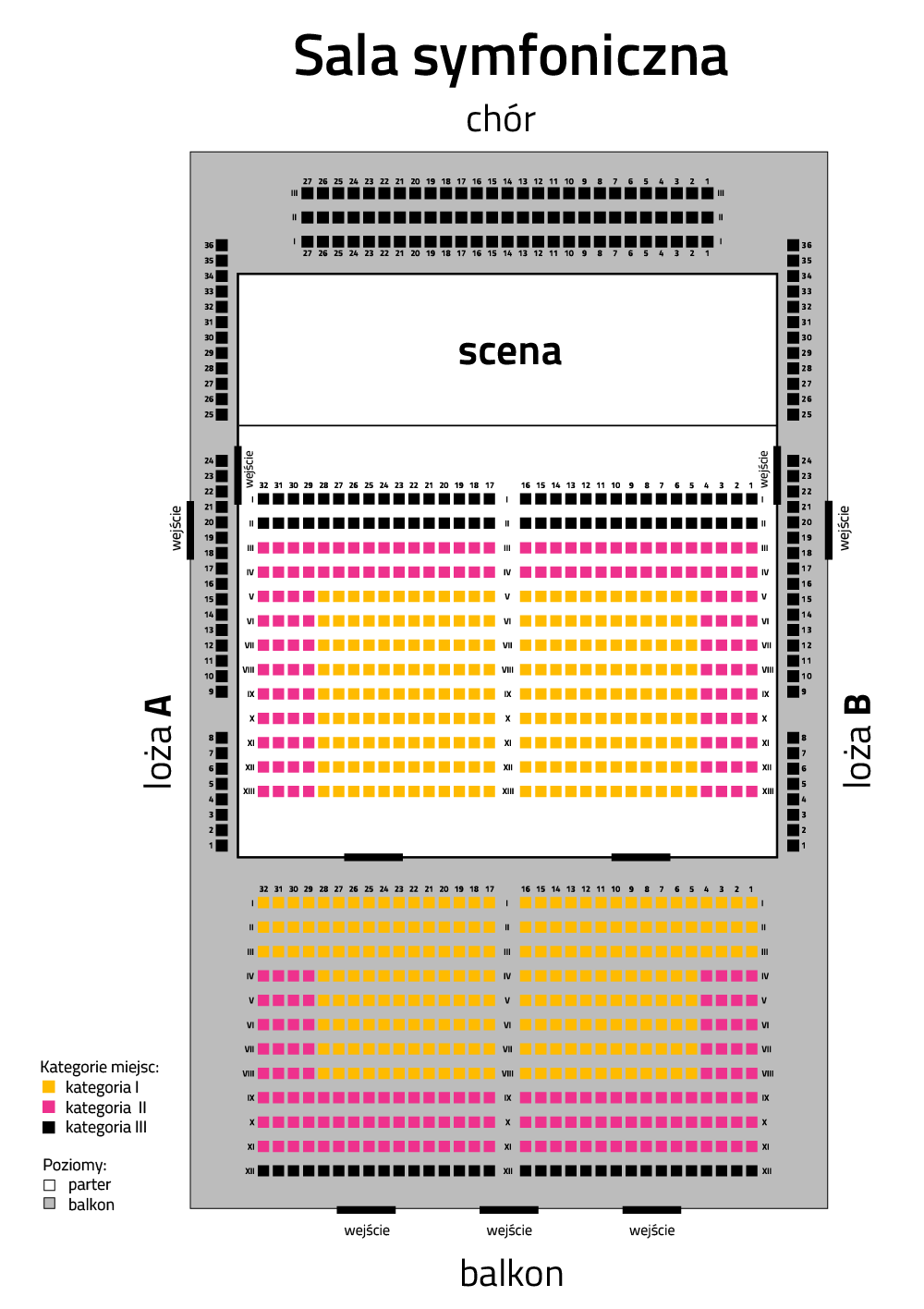Felix Mendelssohn-Bartholdy (1809-1847), a German composer who went into history not only as a creator of great symphonies, chamber pieces and an immortal wedding march, but also as a precursor of musical historicism. He was the one who conducted the Passion of St. Matthew in Berlin (1829), giving birth to the resurrection of Bach's music. It must be remembered that in his days, early music was not performed. The restoration of Bach to German culture (consequently also Händel) helped redefine the national identity of the Germans, who had suffered a bit in the Napoleonic wars (the banner of the revolution even flew under the Brandenburg Gate).
However, this is not the end of the national merits of Mendelssohn. Before 1840, Leipzig asked him to compose a piece for the 400th anniversary of Gutenberg's invention of the printing press. The music was meant to symbolize the victory of light over the forces of darkness. Gutenberg's character occupied (and occupies) a special place in German culture. It is generally believed that all civilizational, cultural and technological development was possible thanks to the font of the famous printer. After all, the famous 95 theses of Luther could be disseminated thanks to the invention of the craftsman from Meinz. Mendelssohn, of course, completed the order and prepared the premiere.
The culmination of the celebrations took place on June 25th with a grand gala concert in St. Tomas church – the former workplace of J.S. Bach. The works to be performed included Weber’s joyful Overture, Te Deum by Händel, and the "Lobgesang" symphony for two-sopranos, a tenor, a four-voice choir and an orchestra (with organ). This "reformation" symphony (as it is sometimes called) consists of three parts, followed by a cantata consisting of nice parts. The basis of the study is a biblical text, mostly psalms. The performance was a great success and soon the symphony-cantata became the composition most often performed during the life of the composer.
Over time, however, a heated debate began in which similarities between the "Lobgesang" symphony and Beethoven’s Symphony No. 9 were found. The composer was criticized for being too literal in imitating the predecessor. It is worth, however, objectively to note that Mendelssohn used not only the tradition of Beethoven's Ninth Symphony, but also the heritage of Händel and Schubert. Even if you do recognize these imitations or borrowings, Beethoven would not be offended, although ... you never know.
------------------------------
Mikołaj Rykowski PhD
Musicologist and clarinetist, doctorate, and associate at the Department Music Theory at the Paderewski Academy of Music in Poznań. Author of a book and numerous articles devoted to the phenomenon of Harmoniemusik – the 18th-century practice of brass bands. Co-author of the scripts "Speaking concerts" and author of the spoken introductions to philharmonic concerts in Szczecin, Poznań, Bydgoszcz and Łódź.

